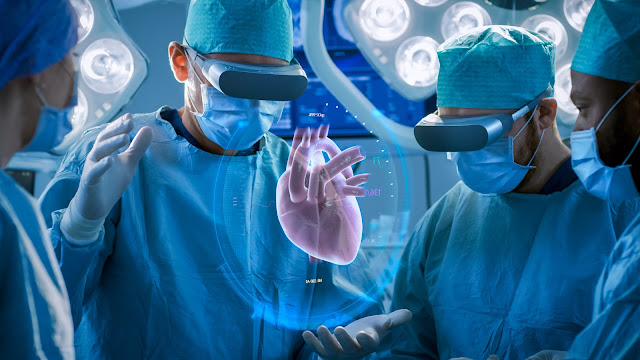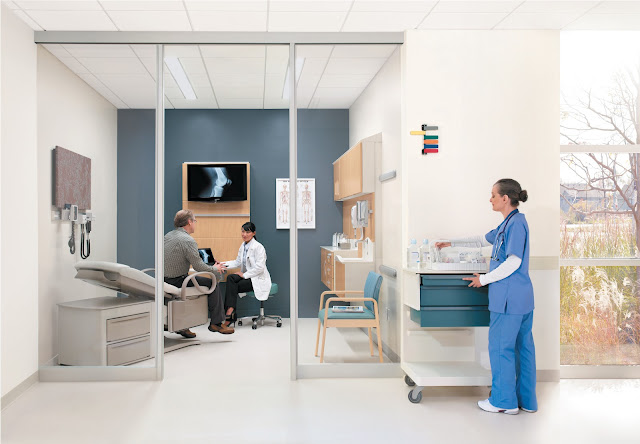Augmented Reality In Healthcare Market Is Estimated To Witness High Growth Owing To Trends Of Increased Adoption OfAR Technologies For Healthcare Applications
Augmented Reality In Healthcare Market
The Augmented Reality In Healthcare Market is estimated to be valued at US$5,049.7 Mn in 2023 and is expected to exhibit a CAGR of 6.5% over the forecast period 2023 to 2030, as highlighted in a new report published by Coherent Market Insights.
Market Overview:
Augmented reality is a technology that superimposes a computer-generated image on a user's view of the real world, thus providing a composite view. AR in healthcare allows healthcare professionals to visualize medical data directly onto a patient's body during surgery. It helps doctors perform complicated surgeries accurately and improves clinical outcomes. AR also helps in medical treatment, employee training, public health and safety, and education and more.
Market key trends:
The augmented reality in healthcare market is driven by increased adoption of AR technologies for healthcare applications such as visualization and surgery simulation. AR allows real-time visualization of physiological structures enabling surgeons to closely see vital organs during surgeries. It also helps to improve accuracy and safety during complex surgeries. Growing funding for AR healthcare startups will also aid market growth over the forecast period. For instance, in 2020, Osso VR, an AR/VR surgical simulation startup raised $15 million in funding to further develop its training and simulation platform for orthopedic surgery.
Porter's Analysis
Threat of new entrants: Low, as setting up AR technologies and infrastructure for clinical application requires high capital investment and intensive R&D capabilities. Bargaining power of buyers: Moderate, as large healthcare organizations have relatively higher bargaining power due to their large purchase volumes. Bargaining power of suppliers: Moderate, as there are many technology providers offering AR platforms and solutions for healthcare applications. Threat of new substitutes: Low, as there are limited substitutes for AR in clinical training, education, and surgical navigation. Competitive rivalry: High, as the market comprises technology giants as well as emerging innovators vying for market share.
SWOT Analysis
Strengths: AR enhances visualization, precision, and efficiency of clinical procedures. It enables immersive learning and training experiences. Weaknesses: High costs associated with deployment and maintenance of AR systems. Issues related to data privacy and security. Opportunities: Untapped growth potential in emerging markets. Increasing acceptance of AR among medical practitioners. Threats: Dependence on technological advancements and investments to drive further innovations. Stringent regulations pertaining to clinical-grade AR/VR devices.
Key Takeaways
The global Augmented Reality In Healthcare Market is expected to witness high growth, exhibiting CAGR of 6.5% over the forecast period, due to increasing demand for advanced visualization systems integrated with real-time data. North America dominated the market in 2023 and is expected to maintain its lead, owing to significant technology adoption and presence of key players in the US. Key regional growth hotspots include Europe and Asia Pacific due to rapid infrastructure development and supportive government policies.
Key players operating in the augmented reality in healthcare market incorporate Microsoft, Google, Apple, Koninklijke Philips N.V., Atheer, Augmedix, daqri, Echopixel, Firsthand Technology, Medical Realities among others. Major companies are focusing on partnerships, new product launches, and strategic mergers to gain foothold in the evolving market. For instance, in 2022, Microsoft launched HoloLens 2 to expedite innovations in mixed reality across various sectors including healthcare.




Comments
Post a Comment